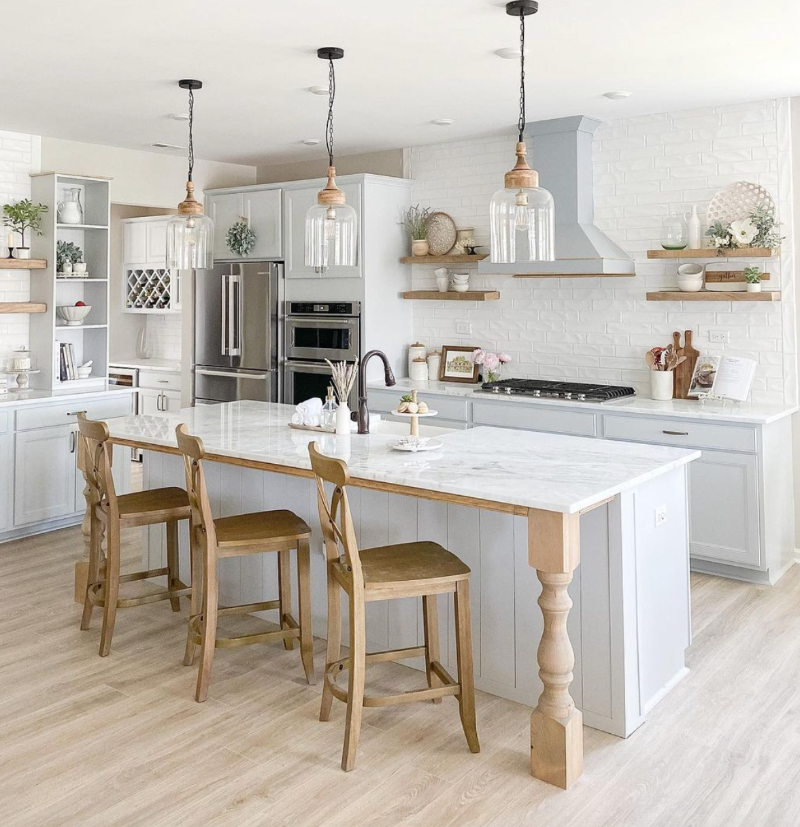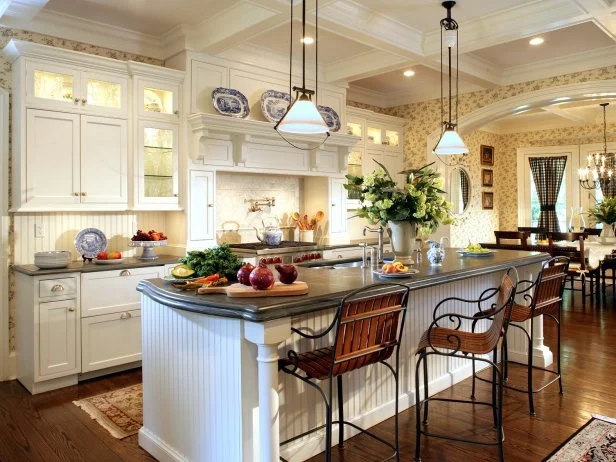Include Stability and Charm with Tough Legs For Kitchen Island Installations
Include Stability and Charm with Tough Legs For Kitchen Island Installations
Blog Article
A Guide to Picking the Perfect Legs For Kitchen Island for Your Home
Selecting the optimal legs for your kitchen area island is a nuanced decision that affects both the capability and visual appeal of this central area. Variables such as height, materials, and style play an essential role in harmonizing your island with the overall kitchen area style. In addition, recognizing the importance of stability and maintenance can considerably influence your option. As you think about these components, it comes to be noticeable that the right legs can transform not just the appearance of your cooking area yet additionally its usability for years ahead. What specific features should you focus on in this option procedure?

Recognizing Kitchen Island Legs
When choosing legs for a kitchen island, it's vital to understand their functional and aesthetic functions in the total design. The legs serve as a critical support system, making sure security and sturdiness for the island, which usually functions as an office, eating location, or gathering spot. The choice of material and building method need to be durable adequate to hold up against daily use and potential wear.
Along with their structural obligations, legs contribute substantially to the island's aesthetic allure. They can boost the cooking area's design, whether through traditional, contemporary, or eclectic styles. The height and percentage of the legs are also important considerations; they need to balance with the island's counter top height while making sure comfortable seating for those utilizing the space.
Additionally, the leg layout can affect the overall flow of the kitchen. Open, ventilated leg designs can create a feeling of agility, while strong, significant legs may convey an extra grounded and secure aesthetic - Legs For Kitchen Island. Comprehending these aesthetic and functional facets will assist home owners in making educated selections that match their cooking area's design and improve its usability
Popular Styles and Materials
The option of legs for a kitchen area island includes a range of preferred styles and materials, each offering special attributes that can boost both functionality and aesthetic appeals. Traditional legs normally show ornate details and craftsmanship, enhancing classic kitchen area designs.

Height and Security Factors To Consider

The legs of the cooking area island should supply sufficient assistance, ensuring that the framework can hold up against everyday usage without changing or wobbling. Material choice plays a substantial function in security; steel legs, for instance, tend to use better strength compared to timber.
Matching Your Cooking Area Aesthetic
Choosing the appropriate legs for your kitchen island exceeds capability; it additionally plays a significant function in the total visual of the space. When choosing legs, think about the layout style of your cooking area. For a modern look, sleek metal or minimalist layouts can develop a tidy, modern vibe. On the various other hand, rustic or traditional kitchen areas commonly take advantage of wood legs with detailed describing or a troubled finish, improving warmth and character.
Legs that match or contrast with your island's surface area and surrounding cabinetry can develop aesthetic harmony or striking focal factors. Furthermore, consider the coating of the legs; matte, glossy, or textured surfaces can considerably impact the total feel of the cooking area.
Setup and Maintenance Tips
Installing kitchen area island legs calls for cautious interest to information to guarantee both security and aesthetic charm. Make use of a stud finder to locate wall studs if you are affixing the legs to a wall or utilizing braces for included support.
When protecting the legs, make use of premium screws and, if essential, wood glue for extra toughness. For metal legs, guarantee that you are utilizing ideal anchors and tools to stop damages to your flooring. It is recommended to inspect for levelness after installment, making adjustments as needed to stay clear of tottering.
Upkeep is similarly crucial for long life - Legs For Kitchen Island. Frequently inspect the legs for any type of indicators of wear or helping to loosen, especially in high-traffic locations. Tidy the legs with an ideal cleaner, staying clear of unpleasant Discover More products that might damage the surface area. For wood legs, consider using a timber conditioner occasionally to keep their coating. By adhering to these installment and upkeep pointers, you can make certain that your cooking area island legs continue to be both useful and aesthetically appealing.
Verdict
To conclude, choosing the appropriate legs for a cooking area island demands cautious consideration of elevation, stability, and aesthetic compatibility. By picking appropriate products and styles that align with the total kitchen area design, capability can be improved while maintaining aesthetic charm. Proper installment and ongoing upkeep additionally add to the longevity and durability of the kitchen island. Inevitably, thoughtful leg choice plays an essential duty in raising both the usefulness and style of the kitchen area area.
When choosing legs for a cooking area island, it's important to recognize their visual and functional functions in you can look here the total design. Open, airy leg designs can develop a sense of lightness, while strong, significant legs may communicate an extra grounded and stable aesthetic. The legs of the cooking area island should offer appropriate assistance, guaranteeing that the framework can hold up against daily use without changing or tottering.Installing kitchen area island legs calls for careful attention to detail to guarantee both stability and visual appeal.In final site web thought, choosing the proper legs for a cooking area island demands mindful consideration of elevation, security, and aesthetic compatibility.
Report this page